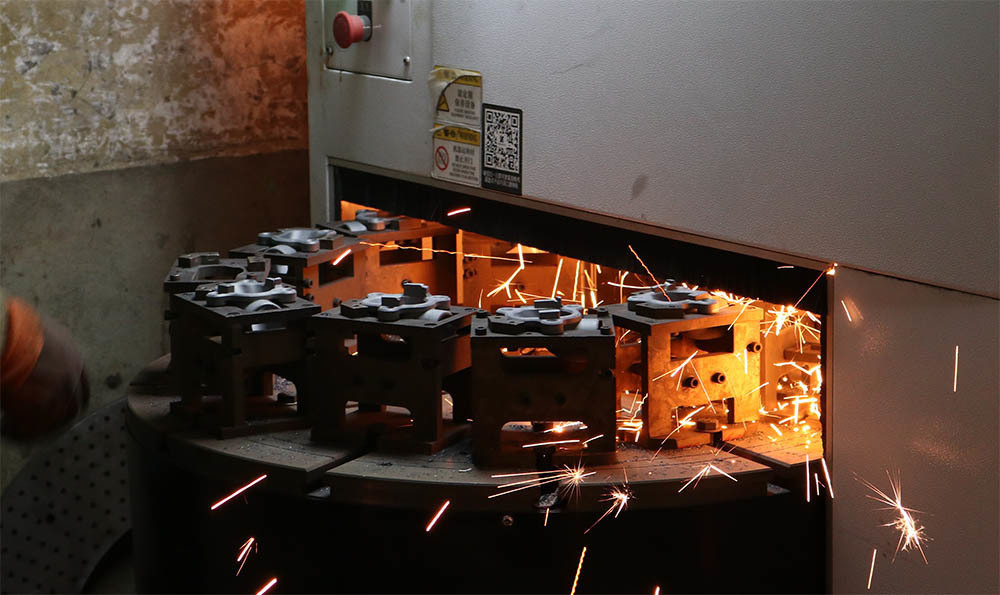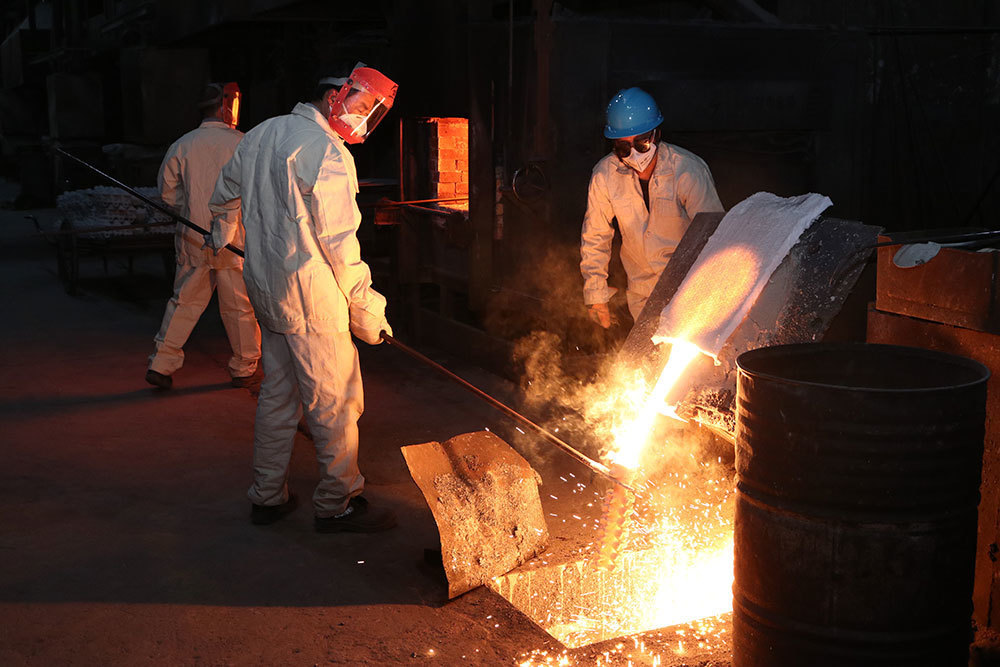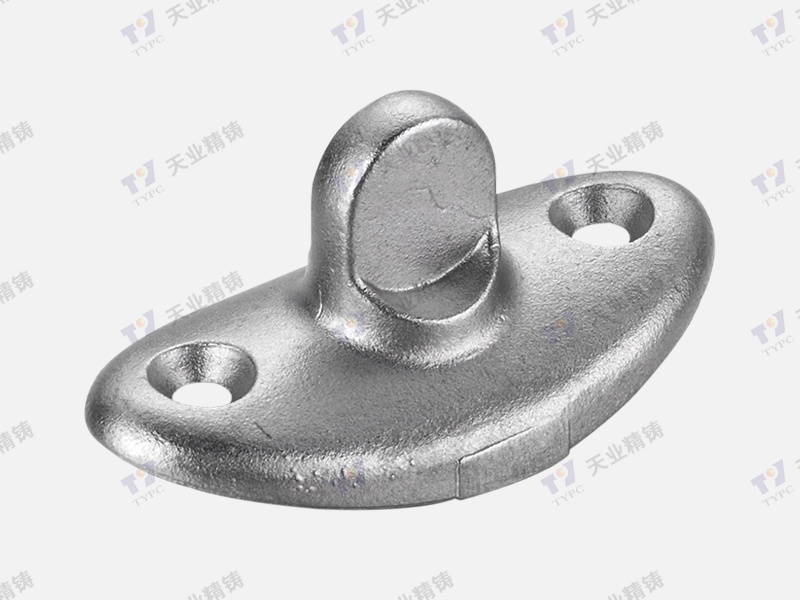2025-05-29
The Future of Auto Parts Gearbox: Unveiling Key Trends and Innovative Technologies
The Future of Auto Parts Gearbox: Trends and Technologies to Watch Out For
Table of Contents
- 1. Introduction to Auto Parts Gearbox Innovations
- 2. The Evolving Automotive Landscape
- 3. Key Trends in Gearbox Technology
- 4. Advanced Manufacturing Techniques
- 5. The Future of Gearbox Design
- 6. Sustainability in Gearbox Manufacturing
- 7. Challenges and Opportunities in Gearbox Technology
- 8. Conclusion
- 9. Frequently Asked Questions
1. Introduction to Auto Parts Gearbox Innovations
As the automotive industry undergoes rapid transformation, the components that power vehicles, particularly gearboxes, are also evolving at a remarkable pace. Gearboxes play a critical role in vehicle performance and efficiency, making their innovation essential for meeting the demands of modern consumers and regulatory standards. This article explores the future of auto parts gearboxes, focusing on the trends and technologies that are shaping this vital component of automotive engineering.
2. The Evolving Automotive Landscape
The automotive industry is witnessing a seismic shift driven by advancements in technology, changing consumer expectations, and increasing environmental concerns. As vehicles become more electrified and autonomous, the traditional gearbox systems face challenges and opportunities. Understanding these changes is crucial for manufacturers, suppliers, and consumers alike.
The adoption of **electric vehicles (EVs)** is on the rise, with forecasts suggesting that by 2030, nearly 30% of vehicles sold will be electric. This shift prompts the need for re-evaluating gearbox functions, as many EVs operate with fewer gears or even without a traditional gearbox. Moreover, advancements in **autonomous driving technologies** necessitate gearboxes that can adapt seamlessly to various driving conditions, further revolutionizing their design and functionality.
3. Key Trends in Gearbox Technology
In the face of these changes, several key trends in gearbox technology are emerging, presenting new opportunities for innovation and efficiency.
3.1 Electrification of Gearboxes
As vehicles transition to electric powertrains, the electrification of gearboxes has become a focal point. Unlike traditional internal combustion engines, electric motors deliver power differently, which influences the design of gearboxes.
Manufacturers are developing specialized **dual-speed gearboxes** for electric vehicles, allowing for optimized acceleration and energy efficiency. These gearboxes are compact, lightweight, and efficient, showcasing how technology is adapting to the needs of **electric mobility**.
3.2 Smart Gearbox Systems
The evolution of **smart technology** is also impacting gearbox design. Smart gearbox systems integrate sensors and software to monitor performance, wear, and maintenance needs in real-time. This technology can predict failures before they occur, ensuring that vehicles remain operational and safe.
By utilizing **Internet of Things (IoT)** capabilities, these smart gearboxes can communicate with vehicle management systems to optimize shifting patterns and improve fuel efficiency. This represents a significant leap forward in enhancing user experience and reliability in modern vehicles.
3.3 Lightweight Materials for Gearboxes
Another vital trend is the use of lightweight materials in gearbox construction. As manufacturers strive to enhance fuel efficiency and performance, materials such as **carbon fiber**, **aluminum alloys**, and **advanced composites** are gaining traction.
These materials reduce the overall weight of the gearbox, impacting the vehicle's power-to-weight ratio positively. Lower weight contributes to improved efficiency, making vehicles more competitive in an increasingly eco-conscious market.
4. Advanced Manufacturing Techniques
The manufacturing processes utilized in gearbox production are also evolving. Modern techniques are leveraging advanced technologies to enhance precision, reduce waste, and improve production speed.
4.1 3D Printing of Gearbox Components
**3D printing** is at the forefront of manufacturing innovation, allowing for the rapid prototyping and production of gearbox components. This technique enables manufacturers to create complex geometries that would be challenging to achieve with traditional methods.
The ability to produce parts on-demand reduces inventory costs and waste, making manufacturing processes more sustainable. In the context of gearboxes, 3D printing allows for the customization of parts to meet specific performance or design criteria, further enhancing the adaptability of gearboxes in various applications.
4.2 CNC Machining in Gearbox Production
**Computer Numerical Control (CNC) machining** enhances the precision and efficiency of gearbox component production. This technology enables manufacturers to create highly accurate parts with tight tolerances, essential for gearbox functionality and reliability.
CNC machining also allows for the automation of manufacturing processes, reducing labor costs and minimizing human error. The integration of CNC technology in gearbox production ensures that components meet stringent quality standards while maximizing output.
5. The Future of Gearbox Design
As we look ahead, the design of gearboxes is likely to become more modular and adaptable. Future gearboxes may be designed to accommodate different types of powertrains, including hybrid and alternative fuel systems. The focus will be on creating flexible designs that can easily integrate with various technologies and vehicle architectures.
Additionally, the future of gearbox design will likely emphasize **ease of maintenance** and sustainability. Modular designs can simplify repairs and upgrades, while sustainable manufacturing practices will address environmental concerns associated with traditional gearbox production.
6. Sustainability in Gearbox Manufacturing
Sustainability is a critical factor in the future of gearbox manufacturing. As regulatory pressures increase and consumer awareness grows regarding environmental issues, manufacturers must adapt their practices to minimize their ecological footprint.
Adopting **green manufacturing** practices, such as using renewable energy sources in production facilities and recycling materials, can significantly reduce emissions associated with gearbox manufacturing. Furthermore, developing designs that enhance energy efficiency in vehicles can contribute to broader sustainability goals.
7. Challenges and Opportunities in Gearbox Technology
While exciting opportunities abound in the realm of gearbox technology, several challenges remain. The transition to electric and autonomous vehicles presents hurdles in terms of adapting existing manufacturing processes and retraining the workforce.
Moreover, as technology advances, the demand for skilled labor in specialized fields such as software integration and smart technology implementation will continue to grow. Manufacturers must invest in training programs to equip their workforce with the skills necessary for future advancements.
However, these challenges also present opportunities for collaboration and innovation. Companies that embrace change and invest in research and development will position themselves as leaders in the evolving landscape of gearbox technology.
8. Conclusion
The future of auto parts gearboxes is poised for significant transformation, driven by trends such as electrification, smart systems, and advanced manufacturing techniques. As the automotive industry continues to evolve, gearboxes will play a critical role in ensuring vehicles are efficient, reliable, and sustainable.
Manufacturers who stay ahead of these trends and embrace innovative technologies will not only enhance their competitive edge but also contribute to a more sustainable and advanced automotive landscape. The road ahead is filled with opportunities for those willing to adapt and innovate.
9. Frequently Asked Questions
1. What are the key factors driving the evolution of gearbox technology?
The key factors include the rise of electric vehicles, advancements in smart technologies, and the focus on sustainability in manufacturing processes.
2. How does electrification impact gearbox design?
Electrification necessitates changes in gearbox design, leading to specialized dual-speed gearboxes that optimize performance for electric powertrains.
3. What role do smart systems play in modern gearboxes?
Smart systems enhance gearbox performance by integrating sensors and software that monitor operational efficiency, predict maintenance needs, and optimize shifting patterns.
4. Why is the use of lightweight materials important in gearboxes?
Utilizing lightweight materials improves fuel efficiency and performance by reducing the overall weight of the gearbox, positively impacting the vehicle’s power-to-weight ratio.
5. How can manufacturers ensure sustainability in gearbox production?
Manufacturers can adopt green practices by using renewable energy sources, recycling materials, and developing designs that enhance the energy efficiency of vehicles.
By staying informed on these trends and technologies, we can anticipate the future developments that will shape the auto parts gearbox industry.









